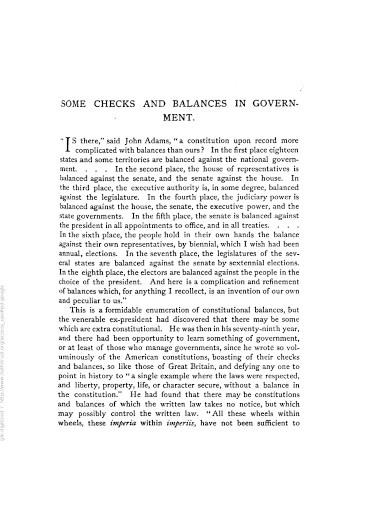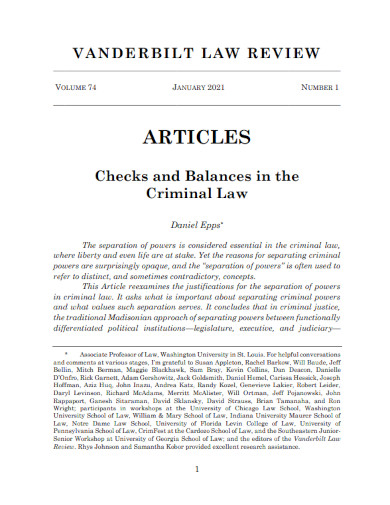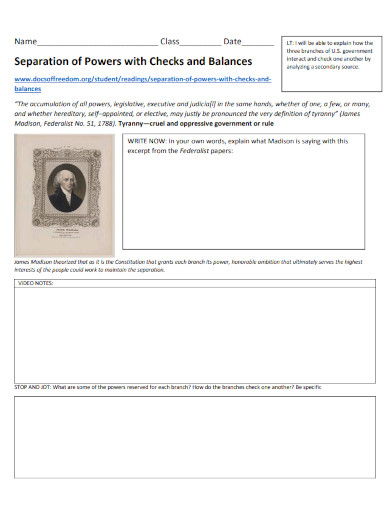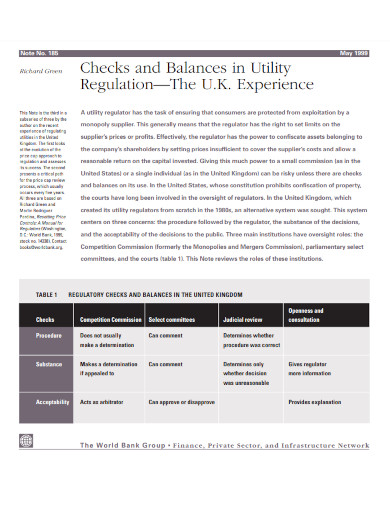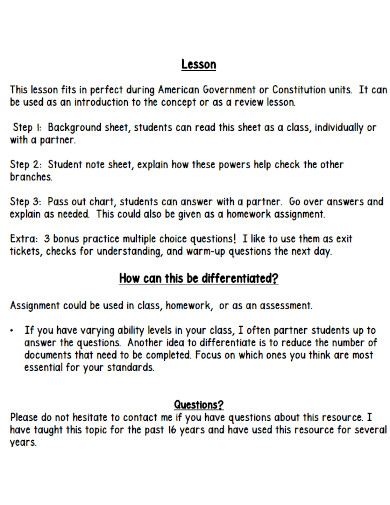16+ Checks & Balances Examples to Download
There are many types of governments, each with specific powers that the government heads and authorities can share and execute various decisions. Each country has its separation of powers and astute bodies that has their contexts, objectives, themes, and tones.
1. Checks & Balances Template
2. Importance of Checks and Balances
3. Some Checks and Balances in Government
4. Checks and Balances in Criminal Law
5. Separation of Powers and Checks and Balances
6. Judicial Checks and Balances
7. Checks and Balances in New Democracies
8. Checks and Balances in American Foreign Policy
9. Constitutional Checks and Balances
10. Separation of Powers with Checks and Balances
11. Checks and Balances in Utility Regulation
12. Upsetting Checks and Balances
13. Information Security Checks and Balances
14. Strengthening Checks and Balances
15. Checks and Balances Activities
16. Waging War Against Checks and Balances
17. Checks and Balances Worksheet
What Are Checks and Balances?
Checks and balances are a system of government that allows a specific country’s governmental branches to control, influence, outline, veto, and amend various actions done by other governmental branches. This system of government is also known as the separation of powers, which ensures that other branches will not have too much power. Not only that, but this system has a large bearing on the cultures of various countries, ethnicities, and ethnic groups.
How to Identify if a Country Has a Checks and Balances System
Not all types of governments, like socialism and communism, use the checks and balances system to divide the powers of the government. This is because some types of governments have specific beliefs and systems that do not line up with the basic definition of the checks and balances system.
Step 1: Check the Type of Government
Begin by checking the type of government a country has, which will essentially pander to the beliefs and ideals of the government leaders and its citizens. This means some types of governments do not use the checks and balances system.
Step 2: Determine If There is a Separation of Power
Some countries that practice a specific type of government that aligns with the objective of the checks and balances system, may not have a separation of powers. A country can only adopt a checks and balances system if there is a separation of powers between lawmakers and big decision-makers in the government.
Step 3: Check If The Government is Not Affiliated with a Private Entity
The checks and balances system splits the government into three astute branches that have their sectors of the government. Some governments share political powers with religious entities that will either create laws or regulate various sectors, which means said government is not adopting the checks and balances system.
Step 4: Identify if the Elements of the Checks and Balances System are Present in the Government
The checks and balances government system has three elements or sub-types that have various powers in different governmental sectors. Determine and identify if the country has three branches of government.
FAQs
What are the three elements of a checks and balances system?
The checks and balances government system separates various governmental sectors and powers into three elements or branches. The three branches of the government are legislative, executive, and judicial, each with its own set of rules, actions, regulations, and powers.
What branch has the highest power in the checks and balances system?
The executive branch has the highest power due to the government sector and the responsibility this branch has. Not only does this branch have a high judicial power, but it can also veto and pardon any decisions made by the other branches. But their actions are highly scrutinized by the citizens of the country.
Who created or posited the concept of checks and balances?
Montesquieu, an 18th-century author, posited, coded, and created the idea of checks and balances as a governmental system to try and avoid situations where a despot will abuse their power. Not only that, but he also proposed the three branches that various governments will later adopt in their system of checks and balances.
Checks and balances is a specific government system that splits the government’s powers into three different branches and sectors. A country will adopt this type of system in an attempt to reign in the power of specific government officials to prevent despotism and their abuse of power.





